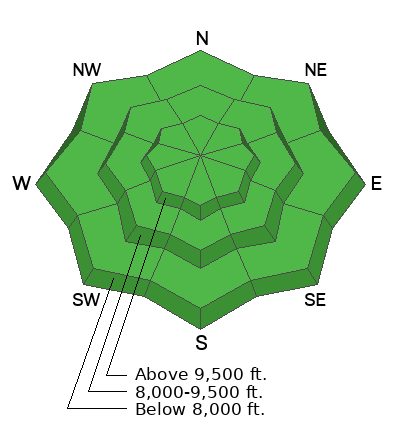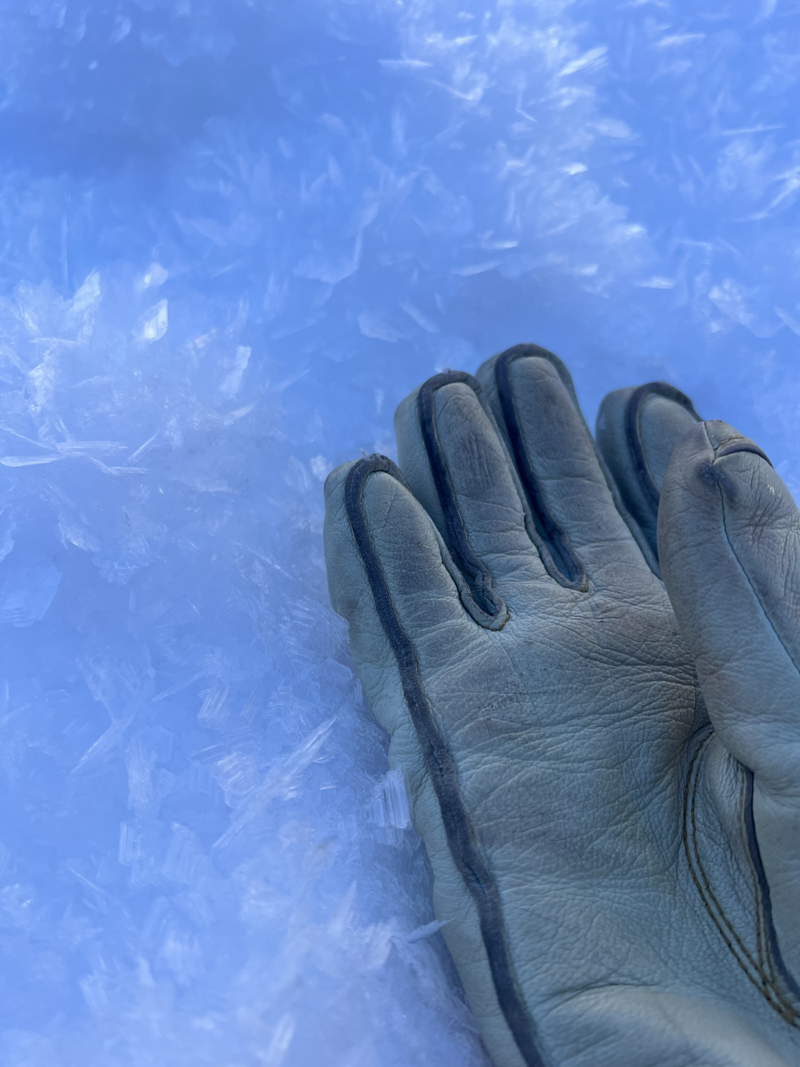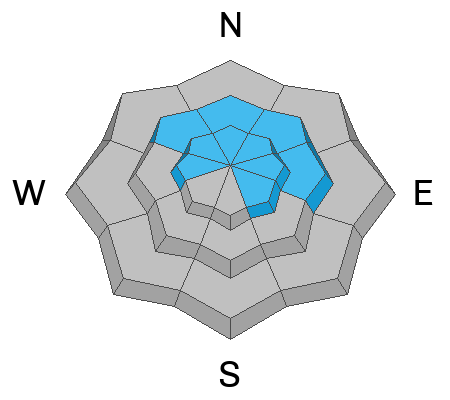Forecast for the Salt Lake Area Mountains

Issued by Greg Gagne on
Friday morning, December 6, 2024
Friday morning, December 6, 2024
The avalanche danger is LOW and normal caution is advised. On northerly-facing slopes at the mid and upper elevations, triggering an avalanche 1–3 feet deep on our PWL (persistent weak layer) is unlikely but not impossible.
Take advantage of the beautiful weather to practice your companion rescue (beacon/probe/shoveling) techniques.

Low
Moderate
Considerable
High
Extreme
Learn how to read the forecast here







